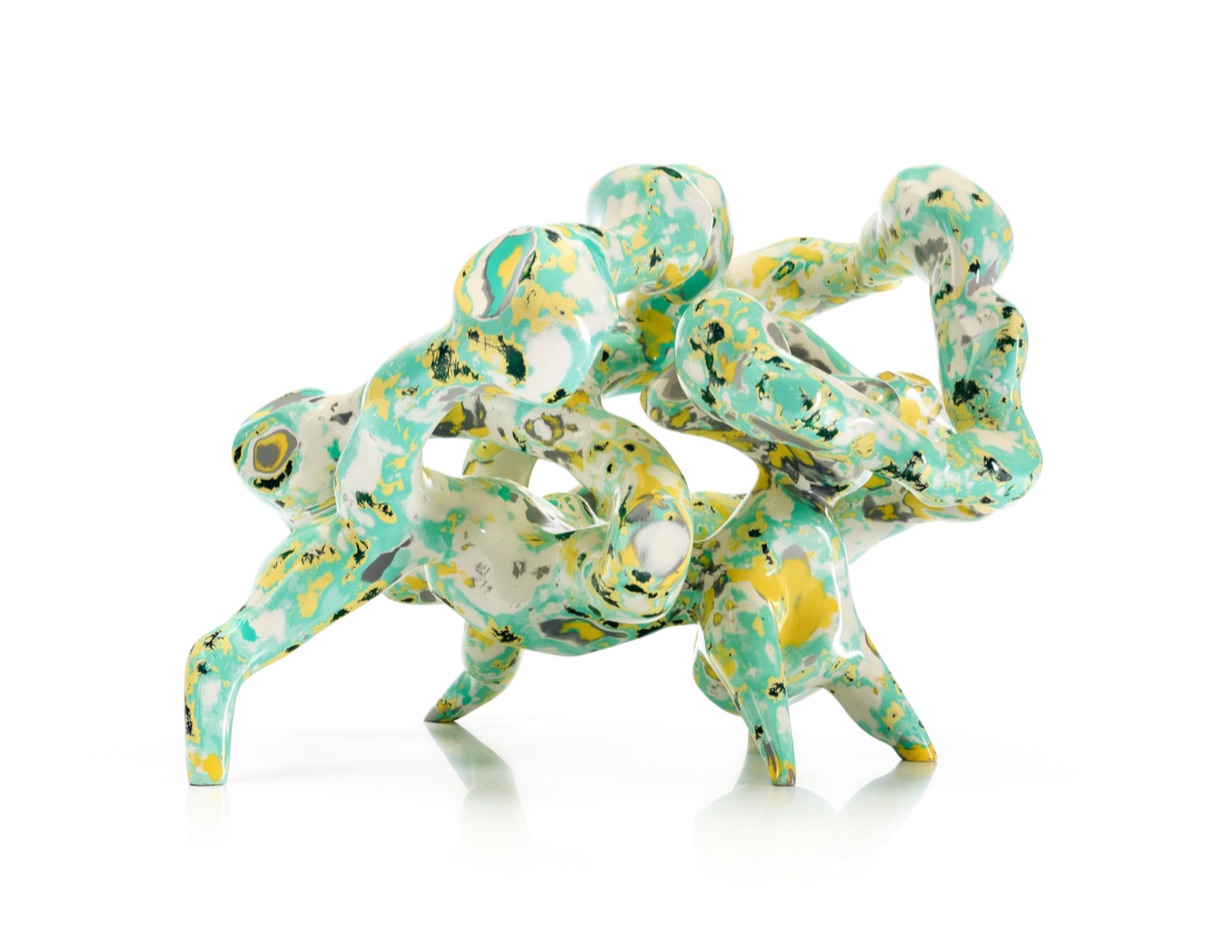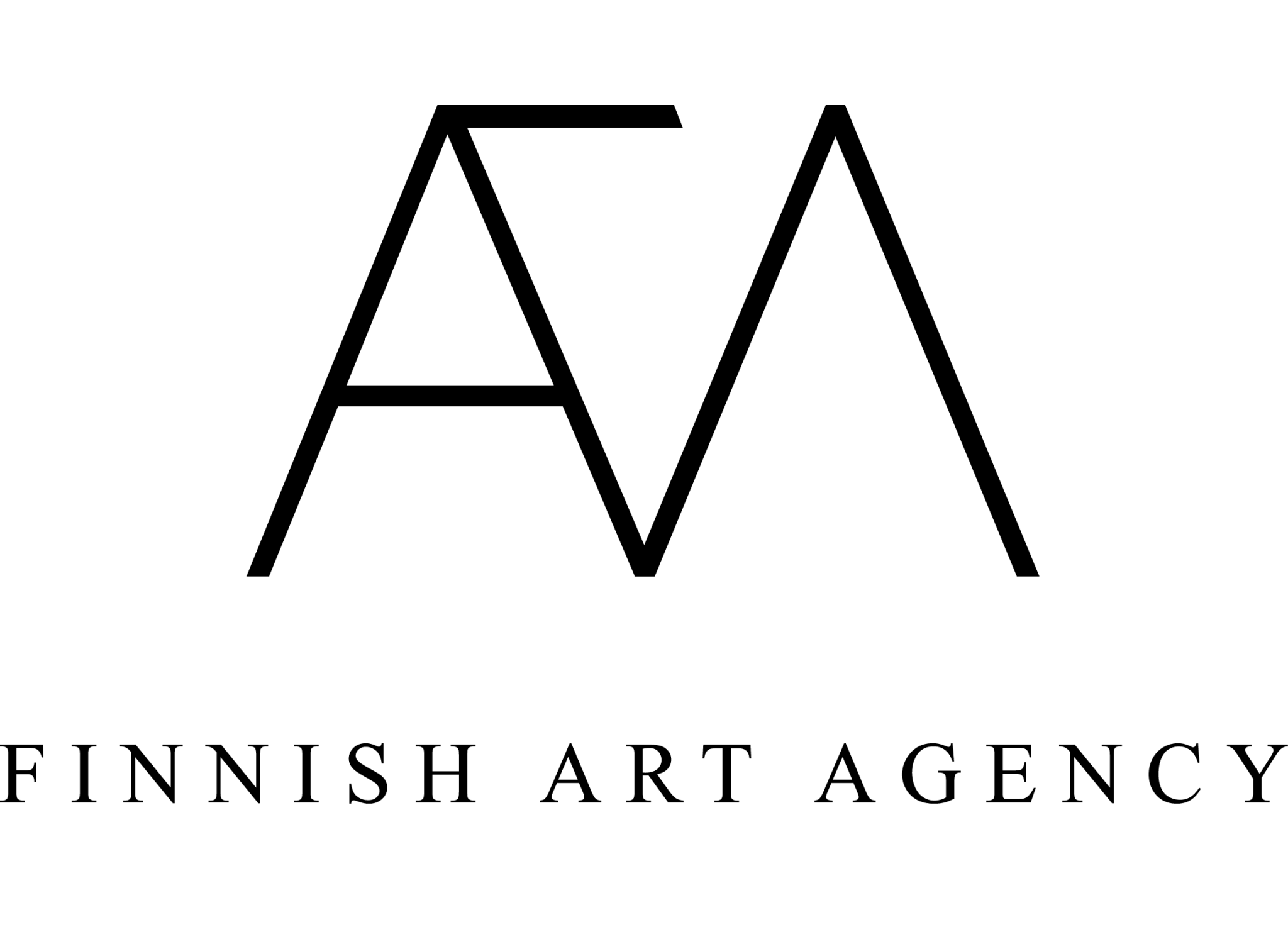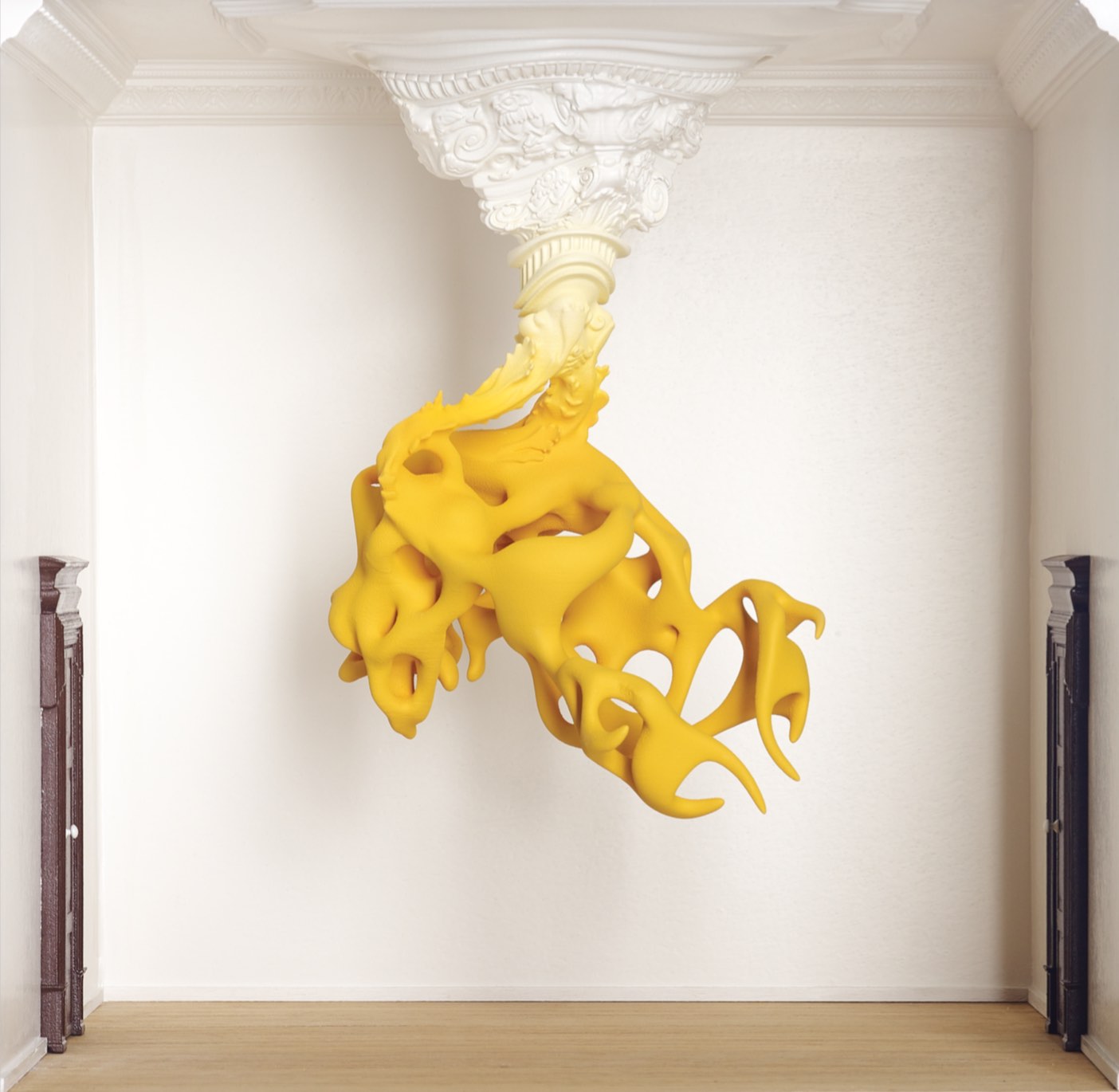Interview with sculptor Nick Ervinck: “I am a futurist who is dreaming about the future.”
Sculptor Nick Ervinck (b. 1981, Belgium) explores the boundaries between various media from sculpture and 3D print installations to architecture and design. Ervinck does not only focus on the autonomous sculptural object but also questions its spatial positioning pointing to phenomenological experience and embodiment of space. He creates huge installations, sculptures, prints, work drawings and animated films. Finnish Art Agency interviewed Ervinck about his work and thoughts towards the future projects and ambitions.
Tell us a little bit about your background. What made you interested in art? Who were your early influencers?
Play has always been there in my life. When I was very young, I played and built things with Lego blocks. Later, this turned into the virtual building blocks of a whole series of God games; computer games such as SimCity, Settlers, Traffic Tycoon and Caesar. a. Art was never a topic in our home. I never visited museums in my youth. I was often creative but making the leap into art was certainly not easy. Architecture has always fascinated me, so it was my first choice when I switched to art school. When I discovered software such as Photoshop, a whole new world opened up to me. I suddenly realised that you can do a lot more with a computer than just play games. When I switched to the Mixed Media course I gradually found my feet. I had a dynamic teacher, Danny Matthys, from whom I learned a lot. In 2010, I took up residence in a former Renault garage in Lichtervelde, Belgium. The car showroom became my personal studio, where me and my team create digital prints, animation films, 3D prints, large scale sculptures and smaller sculptures in polyester, etc.
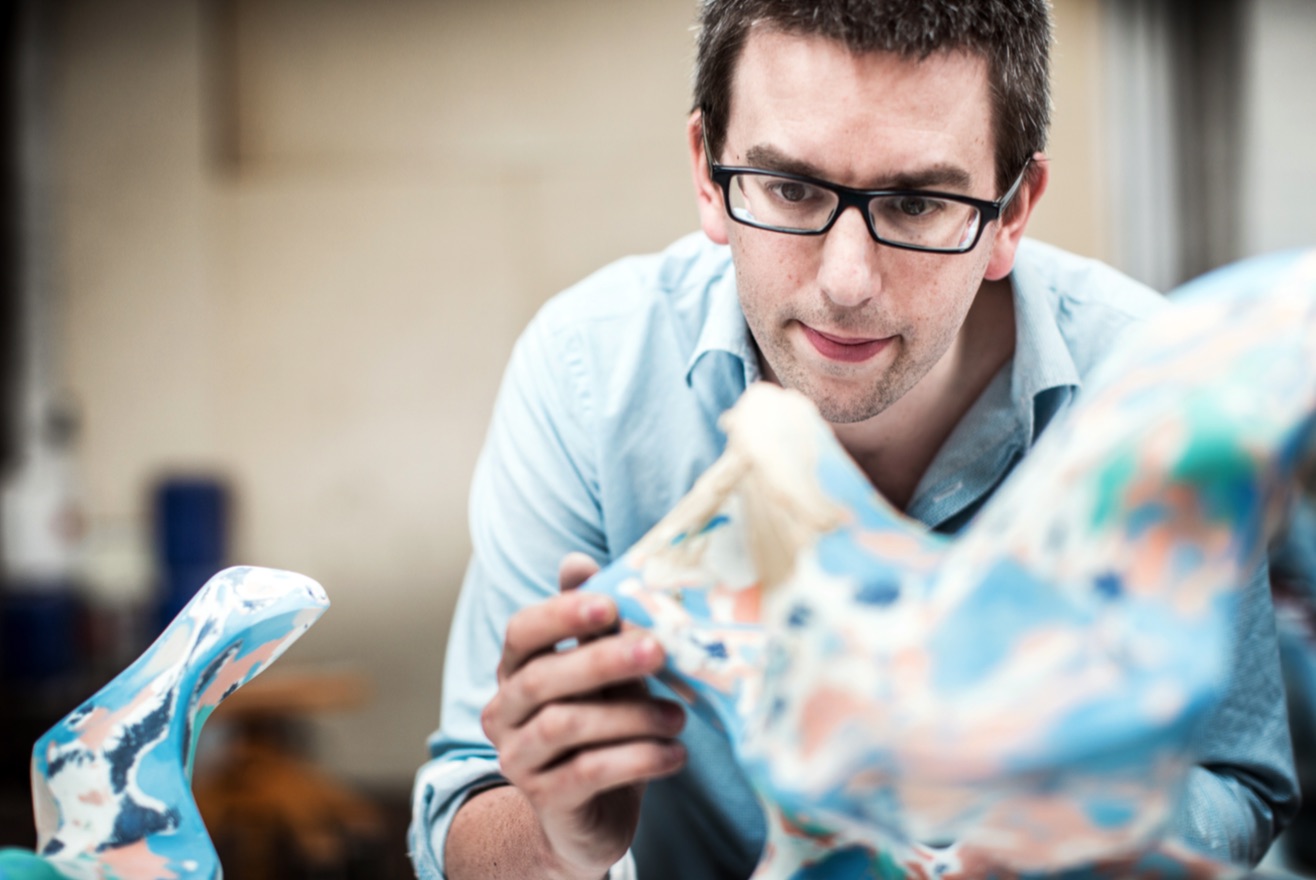
One of the most striking aspects of your work is the way it combines digital technology with more traditional art forms and features. How do you view that relationship? Where do you get inspiration from?
It’s obvious to me that I experienced the virtual-physical duality as something utterly logical. I’ve always been convinced that the strength and richness of my work lies in the fusion of both worlds. The more I work in the virtual world, the more I have the compulsion to manifest these designs in reality and experience them physically. I endeavour to do research in the studio that is impossible in the virtual world and conversely to create works in the virtual world that are physically unfeasible. I realise that each world has to be allowed to retain its individuality, so I look for challenges. I play with their constraints and potentials and try to make the most of these. You could describe my work as a cross-fertilisation between the virtual and physical worlds. Digital images constantly contaminate the three-dimensional forms and vice versa. My work is full of references to architecture and sculpture, including to the work of Hans Arp, Henry Moore and Barbara Hepworth. Moore was the first artist in the West to incorporate holes in his sculptures not for functional reasons but purely to create empty space. Today, with 3D print technology, which builds by means of layers, you can go further than you could before when all you had as tools were your hands and a chisel, this is very exciting to me.
Your works balance between sculpture, architecture and design connecting with the surrounding environment. Your work practice is versatile and you create installations, sculptures, work drawings, prints and animated films. Which art form you enjoy working with the most and why?
I have always preferred to make sculptures, to make my virtual designs real. With the help of a computer, you can realise new, organic, experimental and negative spaces, so that sculptures are created within sculptures. I don’t just use the technology of 3D printing but also look at how I can flirt with it, how I can transcend its limitations. 3D printers allow me to create forms and works that previously could not been done. Because the form was too complex, they became unthinkable. Of course, computer designs has its limitations. So you are obviously limited by the capabilities of the software and by your own knowledge of those opportunities.
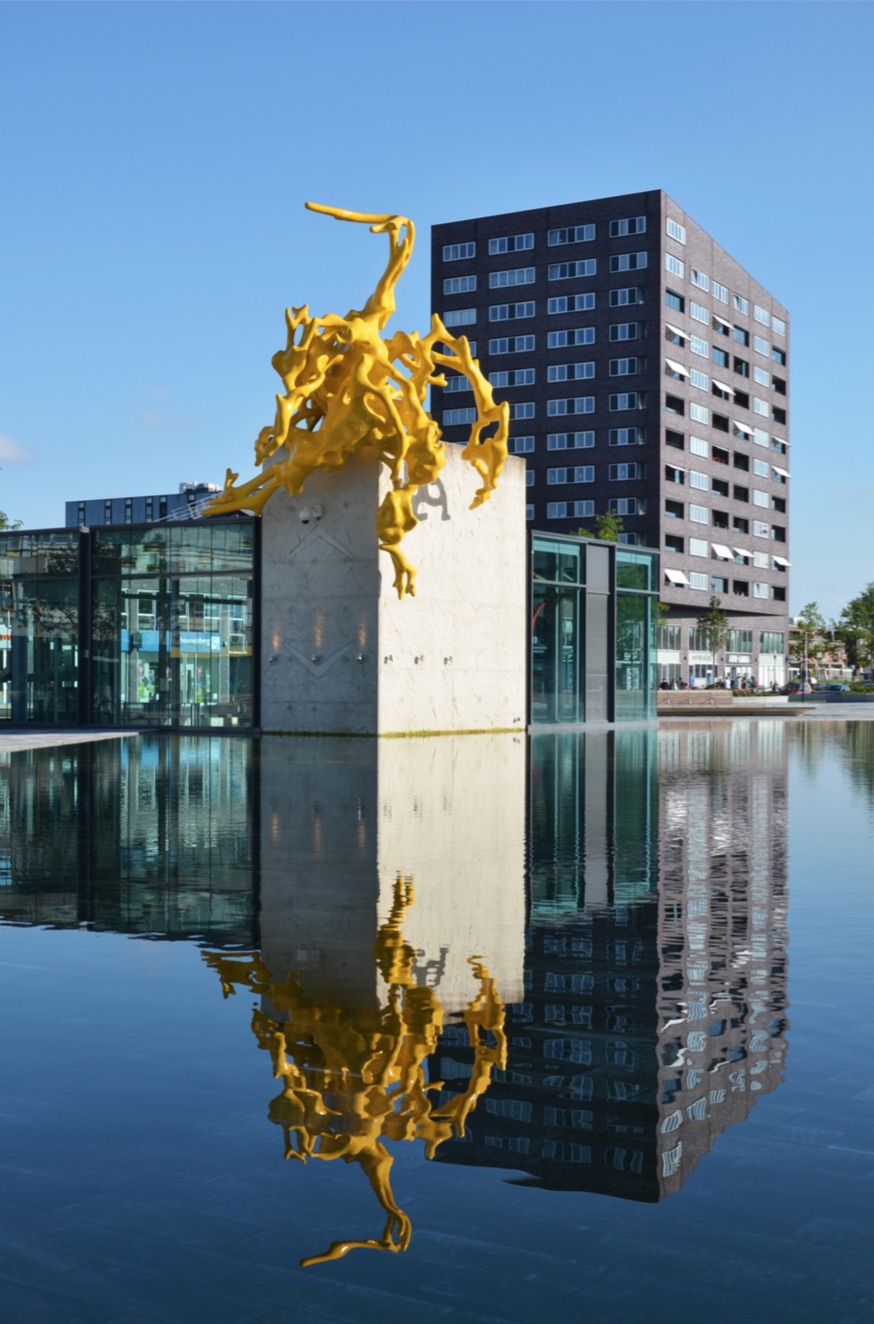
What kind of projects would you like to explore in the future?
I am a futurist who is dreaming about the future. What until recently was science fiction is now reality and I can wonder about it. I raise ethical questions about things like biotechnology or genetic engineering, but I do not have answers. I would like to question the questions. I am mainly a surrealist thinking artist. I create imaginary dream images as windows in a possible future. I will touch the boundaries of the new media art. The evolution continues in technological development. We can best see the technician as an extension of life force, a mechanism that builds on evolution. The synergy between nature and technology is visible in my work.
You have pointed out that you are interested in project opportunities in Nordic countries and Scandinavia. Why are you interested in working with Nordic and Scandinavian operators and organizations?
I think the art world has a very high quality in Scandinavian countries. The museums and the art culture are very interesting to me. The aim of my work is to bring color in the world, probably something everybody during the winter time is looking for especially in the northern countries. I really feel that color is acting on my state of mind. That particular color, yellow, keeps me active and vibrant, I hope that I can bring this feeling with my sculptures to the people as well.
What is coming next?
I have a lot of projects coming up. I am working really hard on ceramics serie within the skin mutation. Also I am working hard on the human mutation project, which is now exhibited in Art & Science gallery AXIOM in Tokyo. As well there are some large scale commissions coming up in bricks and weathering steel.
Want to know more about Nick Ervinck? Please contact Laura Köönikkä.
Photos: Nick Ervinck, Komanil,2015. Egnoaber, 2015. Evoriard, 2015.
